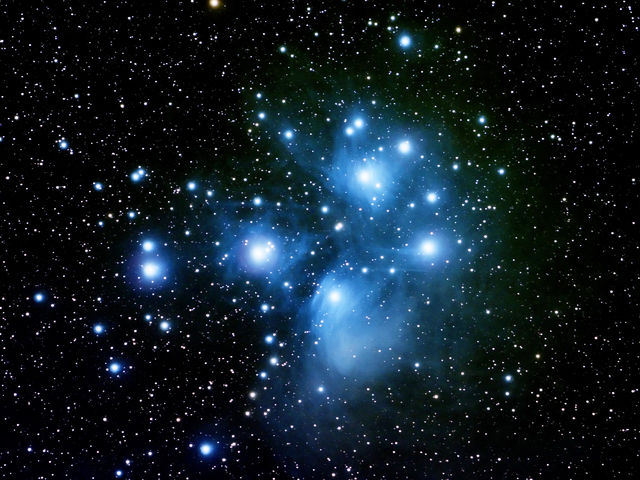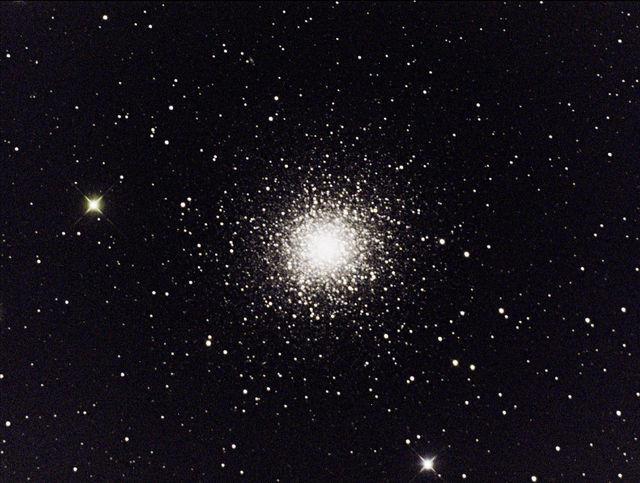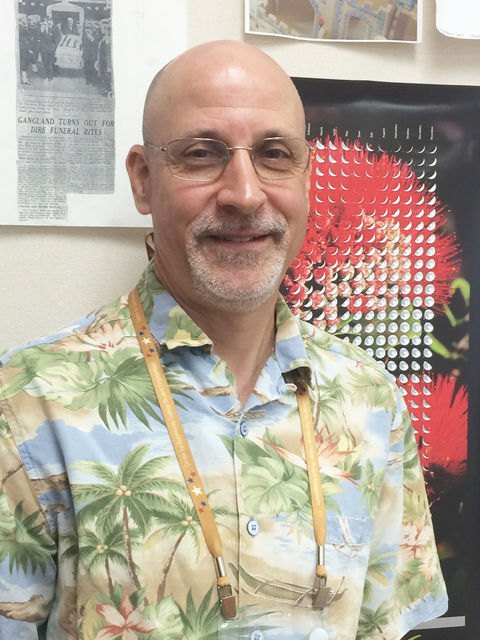Jim Dire, vice chancellor of Kauai Community College, is fixated on the heavens. The stargazer was in the military for 23 years, with the Navy and Coast Guard, and was stationed at places throughout the East Coast, as well as
Jim Dire, vice chancellor of Kauai Community College, is fixated on the heavens.
The stargazer was in the military for 23 years, with the Navy and Coast Guard, and was stationed at places throughout the East Coast, as well as San Diego and Pearl Harbor.
He’s chased the stars across many different states and has built observatories in four of them. He visits the observatory at Kauai’s Barking Sands weekly, and hosts monthly stargazing events with a local astronomy club in Waimea that are open to the public.
He also helps run the Kauai Educational Association for Science and Astronomy and writes Reflector, a quarterly astronomy publication, as well as for Astronomy Technology Today.
Dire recently took time out of his role as vice chancellor to sit down with The Garden Island and chat about the cosmos.
Why is astronomy so interesting to you?
Because the cosmos changes. The planets are in different positions relative to bright objects and other objects and you see that the universe up there is not constant. It’s changing and so there’s always things changing.
Like the Crab Nebula, that cloud of glowing gas is from a star that exploded in the year 1054 AD. We know that exploded in that year because ancient Chinese astronomers reported at this exact location in the sky a bright star that wasn’t there before. It glowed for months and that was the explosion.
You can take a picture of that object now and then 10 years from now and you will notice changes because the gases are explaining. It’s close enough to us, even though it’s thousands of light years away, that you can see the changes in the expanding gases.
And I just like science. (Astronomy), that’s my field.
What got you started in astronomy?
When I was in high school I met the director of our local planetarium and he had a BA in astronomy. I decided I wanted to be an astronomer, so I would talk with him a lot.
He said to me, “You can’t do anything with a bachelor’s degree in astronomy except work for a museum or a planetarium. You’re better off majoring in physics and taking lots of math and chemistry and physics and going to graduate school in astronomy.”
So I took his advice, but I went overboard. I went to the University of Missouri and I majored in chemistry, physics and math. Apparently I was the only one at the University of Missouri to get a triple major bachelor of science degree when I graduated. There were a couple major BAs, but I had the only triple major BS in the entire state that year.
Then I went to graduate school and studied astronomy. I got my doctorate at Johns Hopkins University.
So, tell us about when you started taking photos of celestial objects.
I was working for the newspaper in Connecticut that my wife was working for, just doing these once a month articles, but I got to know all the photography guys really well.
This was back before digital cameras, so whenever I had film to be developed, I would just go by the photography lab at night. You develop film in bulk, so the guys were always willing to throw my film in with their processing batch of my film.
It was fun to go in there and they’d develop my negatives and they’d put them on the big light table. And we had the magnifying glasses out there and we’d decide which ones to scan and print.
That’s where I learned how to use Photoshop when it was created — was over in the photography lab at the newspaper. And I’ve been using Photoshop ever since on my images.
I’ve shot a lot of galaxies. And you do that with probably a couple hour exposure.
Your lenses is open that long, your shutter is open. Your telescope replaces your lenses, so you just have your shutter open that long. And your telescope is tracking the object as the earth rotates. Otherwise you’d just have a streak. The tracking on the telescope is the most important part for taking a long exposure.
What’s your favorite out of the observatories you’ve built?
When I was a senior in college I became president of The Astronomical Society of Kansas, it was a club that started in a small museum and moved into the University of Missouri. I negotiated all of that.
When I was president of the club, we decided to build an observatory. It has a 30-inch diameter (mirror) telescope, which at that time — and still today — is one of the biggest telescopes owned by an astronomy club.
I graduated before it was completed, but it was built 30 miles outside the city.
Then in the late ‘80s when I was at the Naval Academy we built an observatory in Annapolis, Maryland. I was one of the technical directors on this project, which was to refurbish a historical telescope from the 1880s. It has an 8-inch lens and a 12-foot lens tube. It’s a great telescope for stargazing.
And then, I was on the faculty of the Coast Guard Academy for 14 years, and we built an observatory in Connecticut. This one I supervised the construction and did most of the labor myself. I had a partner that helped me design it, but we pretty much did it ourselves.
It took 120 days but we only worked Saturdays because we had our day jobs. In total, that one took 27 months to build.
After I left that job, I took a job as a college administrator in North Carolina. There was an observatory on campus, but there was a lot of light pollution, so I bought a house out in the country and I built my own observatory in my backyard. The roof rolls right off. And so it kind of looks like a garden shed when the roof is closed. I built it to blend into the country environment.
I had the computer inside with the WiFi and it was controlled by a laptop in the house. So I’d sit in my recliner, controlling all these digital cameras. All I had to do outside was roll the roof off.
A couple of times, this is how crazy I was in the winter, I pulled my patio table next to the hot tub and put my laptop out there and I’m sitting in the hot tub and I’m controlling the telescopes inside the observatory there.
What’s the future of astronomy, in your opinion?
It’s hard to say. Twenty years ago we couldn’t predict where we’d be today. You know the Hubble Space Telescope, launched in 1993. Even before it launched, NASA never told you this, but it was obsolete. Ground based telescopes out-performed it.
Hubble was built and its launch was delayed because the space shuttle blew up in 1987. So it was going to get launched in the late ‘80s, but they didn’t launch it until 1993.
The only advantage of the Hubble Telescope is you can use it 24 hours a day. Whereas, something on the Big Island you can only use at nighttime. That’s the only advantage that it has, but ground based telescopes out-perform it, so it’s hard to say where we’ll be in the next 20 years.
Maybe we’ll have telescopes on the moon and we won’t have telescopes on the Earth anymore. It’s going to happen, I don’t know if I’ll live long enough to see it, but you might. It takes eight seconds, just seconds to make a radio signal to go to the moon and back to control something, no atmosphere on the moon.




